1. Birds Changing Migration Patterns
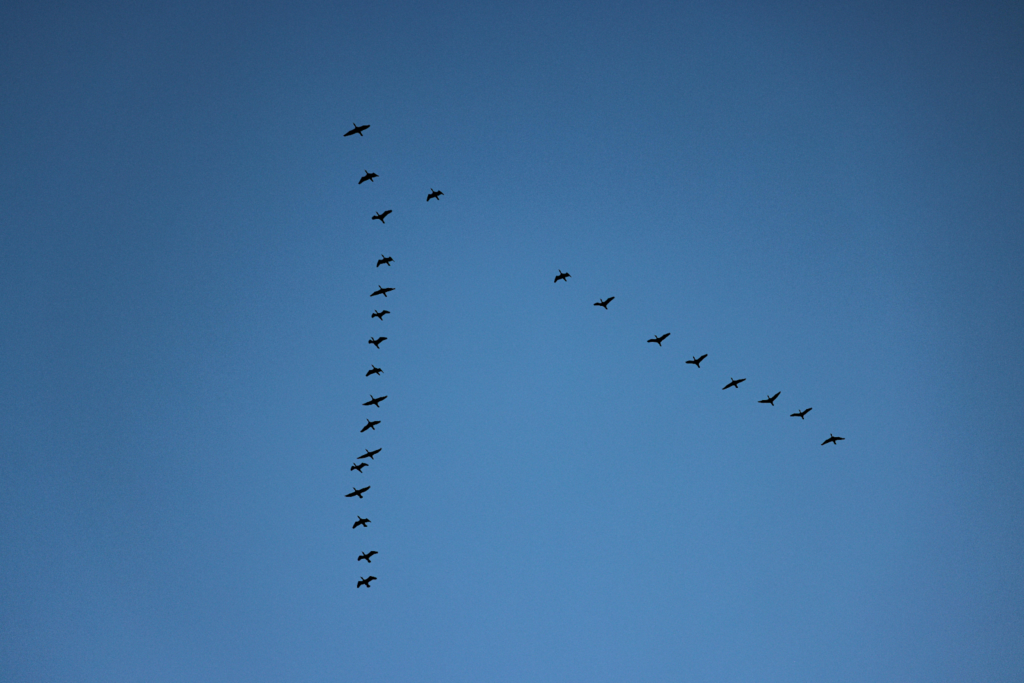
Pexels
Birds are well-known for their seasonal migrations, but recent studies show alarming shifts in these patterns. Many species are arriving at their breeding grounds earlier or adjusting their routes entirely. These changes are often linked to rising temperatures and the availability of food resources. For example, some birds now skip traditional stopover points due to altered insect populations. These disruptions not only affect the birds but also the ecosystems that rely on them for seed dispersal and pest control. Scientists track these shifts to better understand how climate change impacts biodiversity and ecological balances on a global scale.
2. Coral Bleaching and Marine Warnings
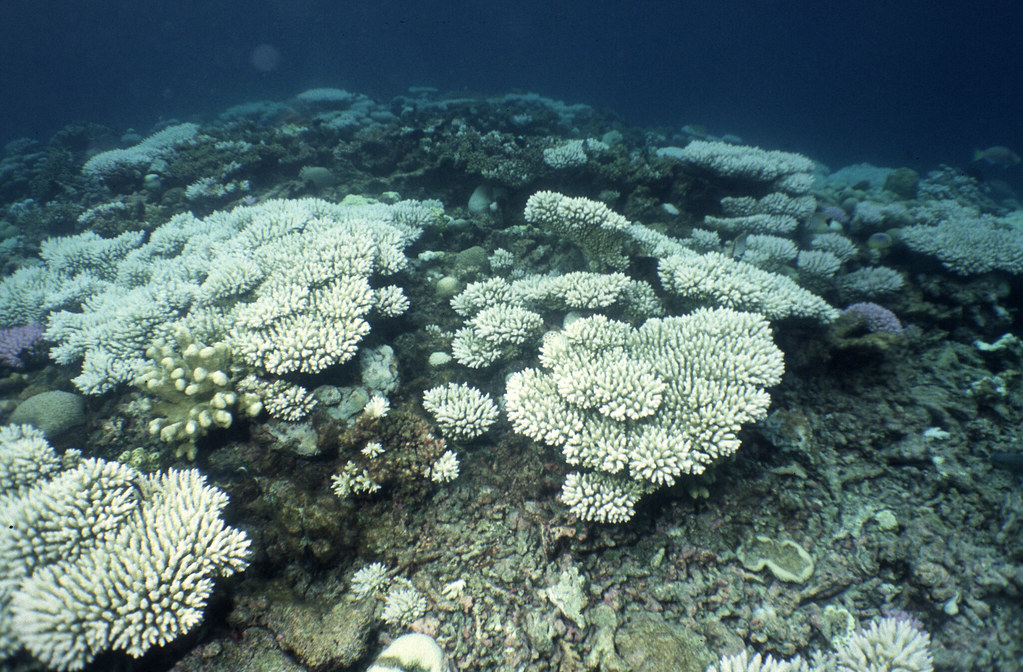
Flickr
Coral reefs, vibrant ecosystems teeming with life, are under threat from warming oceans. Even slight increases in water temperature can cause corals to expel the algae that give them color and nutrients, a phenomenon known as bleaching. Bleached corals struggle to survive, leading to a domino effect that impacts countless marine species. This widespread coral decline serves as a stark warning about the health of our oceans. Reefs are not just biodiversity hotspots; they protect coastlines and support fisheries. The loss of coral reefs foreshadows severe ecological and economic consequences tied to climate change.
3. Polar Bears Losing Their Ice Habitat

GetArchive
Polar bears depend on sea ice for hunting seals, their primary food source. As Arctic ice melts at unprecedented rates due to rising global temperatures, these iconic predators face starvation and habitat loss. Polar bears now travel greater distances in search of food, sometimes venturing into human settlements. Their plight highlights the broader implications of polar ice loss, including rising sea levels and disrupted weather patterns. The challenges faced by polar bears are a sobering reminder of how climate change impacts even the most remote and seemingly untouchable parts of our planet.
4. Insects Emerging Earlier
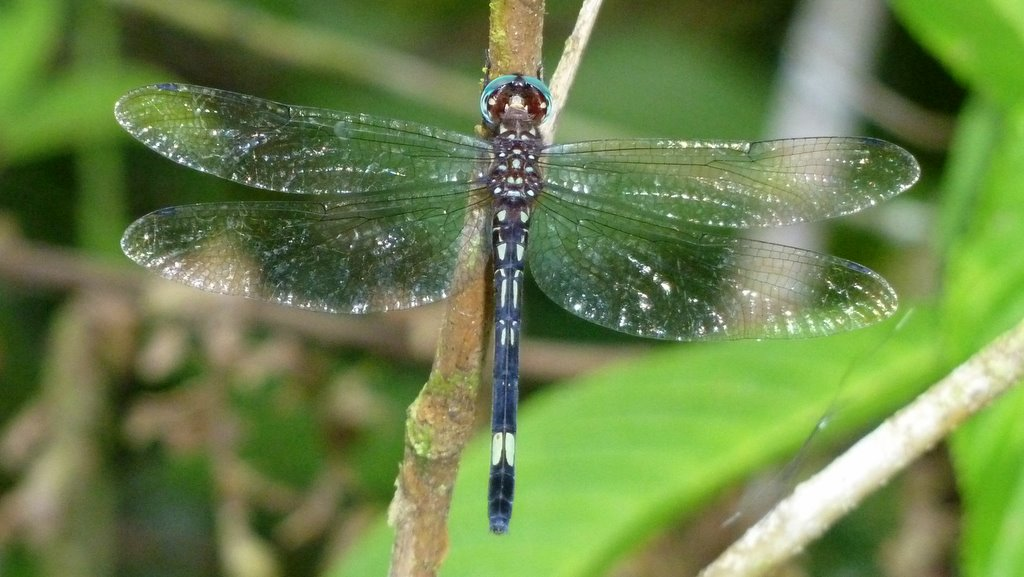
Flickr
Insects like butterflies, bees, and dragonflies are emerging earlier in the year, disrupting natural cycles. These shifts are tied to warmer temperatures, which accelerate their development. While this might seem harmless, it creates a mismatch between pollinators and flowering plants. For instance, if flowers bloom before pollinators are active, both plants and insects suffer. Such disruptions ripple through ecosystems, affecting food webs and agricultural productivity. By studying insect emergence patterns, scientists can gauge the broader impacts of climate change and work on strategies to mitigate its effects on biodiversity and human food supplies.
5. Fish Moving to Cooler Waters
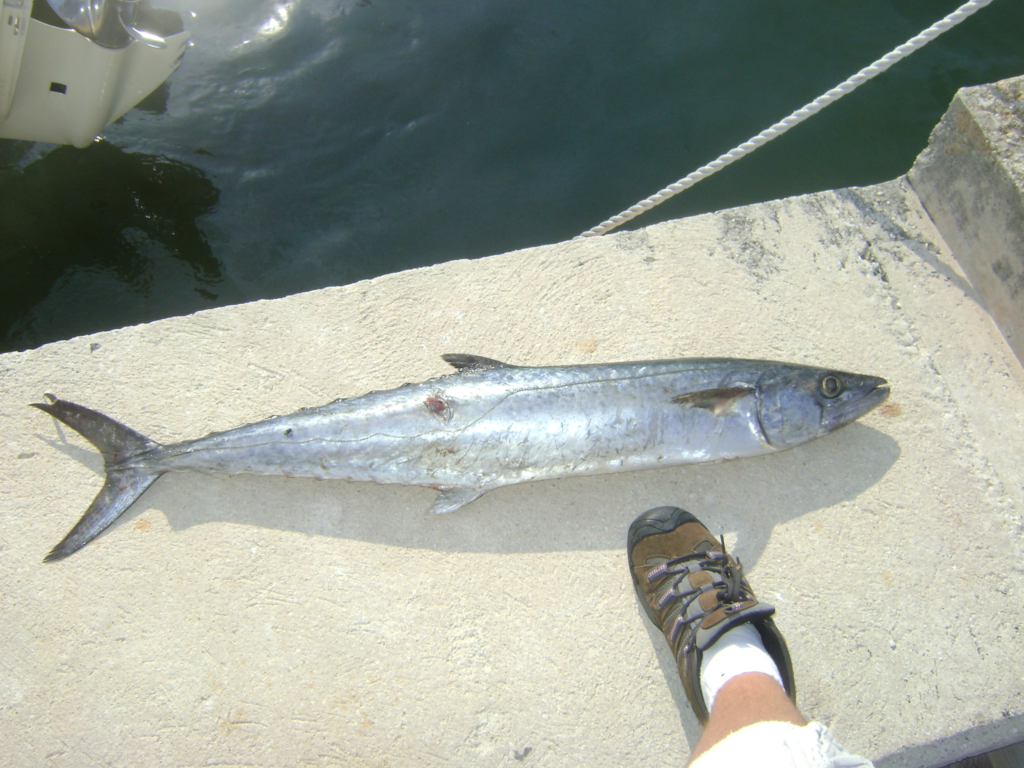
Wikimedia Commons
Fish species worldwide are migrating toward cooler waters as ocean temperatures rise. This phenomenon has profound ecological and economic implications. For example, species like cod and mackerel are shifting their habitats, disrupting traditional fishing grounds and local economies. These migrations also affect predator-prey relationships, altering marine ecosystems in unpredictable ways. Scientists monitor these movements to understand how warming oceans impact marine biodiversity and to anticipate challenges in fisheries management. The redistribution of fish populations serves as a stark indicator of the far-reaching effects of climate change on ocean health.
6. Amphibians and Sensitive Ecosystems
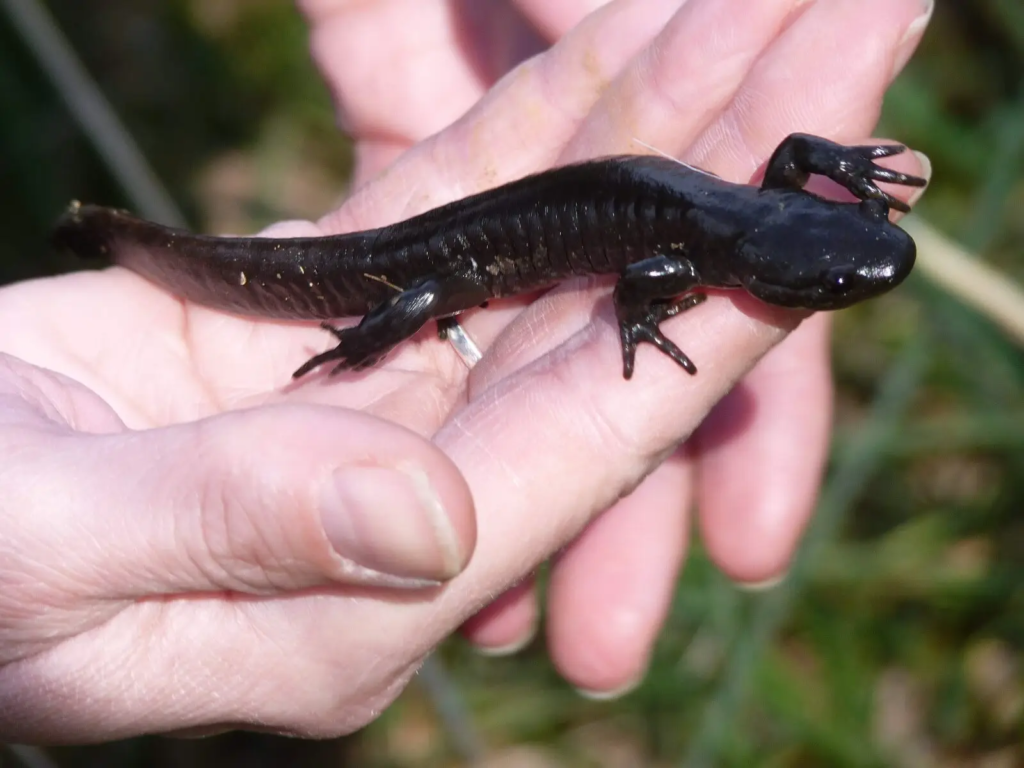
Animalia
Amphibians such as frogs and salamanders are among the most climate-sensitive animals. Their permeable skin makes them highly vulnerable to changes in temperature and moisture levels. Rising temperatures and altered precipitation patterns are causing population declines and habitat shifts. For example, some species are moving to higher altitudes or disappearing entirely. Amphibians play crucial roles in ecosystems, from controlling insect populations to serving as food for other animals. Their declining numbers are a warning sign of ecosystem instability. Monitoring amphibian populations helps scientists identify regions most affected by climate change and devise conservation strategies.
7. Elephants Seeking New Water Sources

PICRYL
Elephants, known for their intelligence and social behavior, are adapting to changing water availability caused by prolonged droughts and altered rainfall patterns. In Africa and Asia, herds have been observed traveling unusual routes in search of water. These shifts not only affect elephants but also the ecosystems they inhabit, as their movements influence vegetation and other wildlife. Elephants’ struggles underscore the increasing scarcity of freshwater resources due to climate change. Their behavior serves as a reminder of the urgent need to address water management and conservation in a warming world.
8. Whales Stranding More Frequently
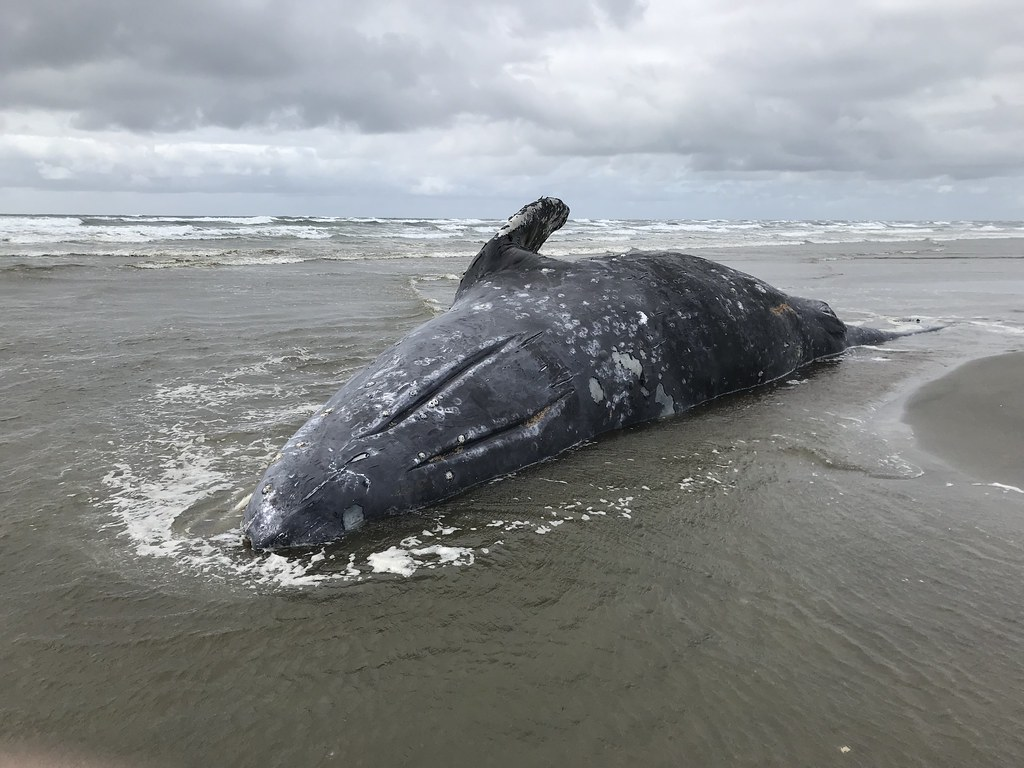
Flickr
Whale strandings are increasing, and climate change may be a significant factor. Warming oceans disrupt the distribution of krill and other prey, forcing whales to travel to unfamiliar areas. These changes, combined with shifting ocean currents, can lead to disorientation and strandings. Such events are heartbreaking and highlight the profound ways climate change impacts marine life. Scientists study whale movements and strandings to better understand how oceanic changes affect marine ecosystems. Whales, as key indicators of ocean health, remind us of the cascading effects of climate change on aquatic environments.
9. Bees Declining in Numbers
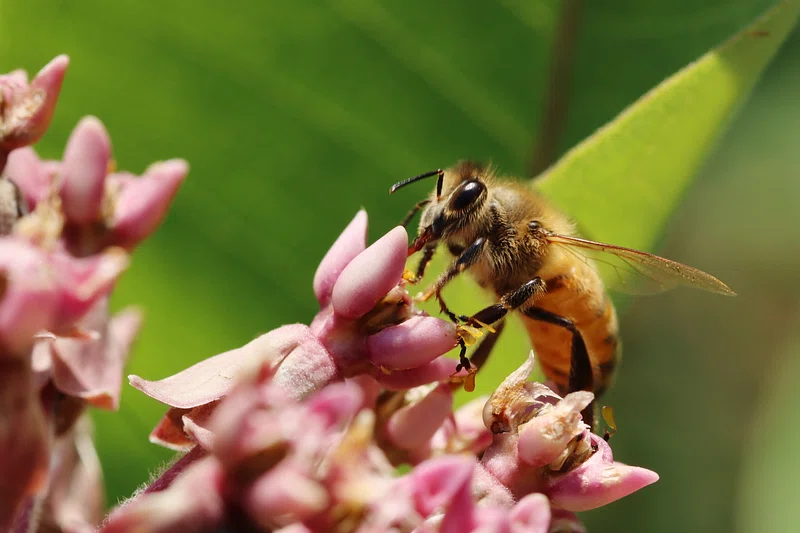
Rawpixel
Bees are vital pollinators, essential for food production and ecosystem health. However, their populations are declining due to habitat loss, pesticides, and climate change. Rising temperatures disrupt flowering times, creating mismatches between plants and their pollinators. This imbalance threatens food security and biodiversity. Bees’ struggles highlight the interconnectedness of climate change impacts, from agriculture to natural ecosystems. Efforts to protect bee populations, such as planting native flowers and reducing pesticide use, are crucial. By addressing the challenges faced by bees, we can mitigate some of the broader consequences of climate change.
10. Reindeer Struggling to Find Food

Flickr
In Arctic regions, reindeer face increasing challenges as climate change alters their environment. A phenomenon called “icing” occurs when rain freezes over snow, creating a hard layer that prevents reindeer from accessing the vegetation below. This leads to starvation and population declines, affecting Indigenous communities that rely on reindeer for food and cultural practices. Reindeer’s struggles are a stark example of how climate change disproportionately impacts cold-adapted species. Protecting these animals requires global efforts to reduce greenhouse gas emissions and preserve Arctic ecosystems.
11. Penguins Abandoning Traditional Colonies.

Flickr
Penguin populations in Antarctica are shifting as warming temperatures reduce ice and alter prey availability. Some colonies have experienced drastic declines, while others have relocated entirely. These changes disrupt not only penguin communities but also the ecosystems that depend on them. Penguins are crucial indicators of Antarctic health, and their struggles highlight the urgent need to address climate change. Conservation efforts, such as protecting marine reserves and reducing carbon emissions, are essential to preserving these iconic birds and their habitats.
12. Trees’ Lifecycles Disrupted by Insects
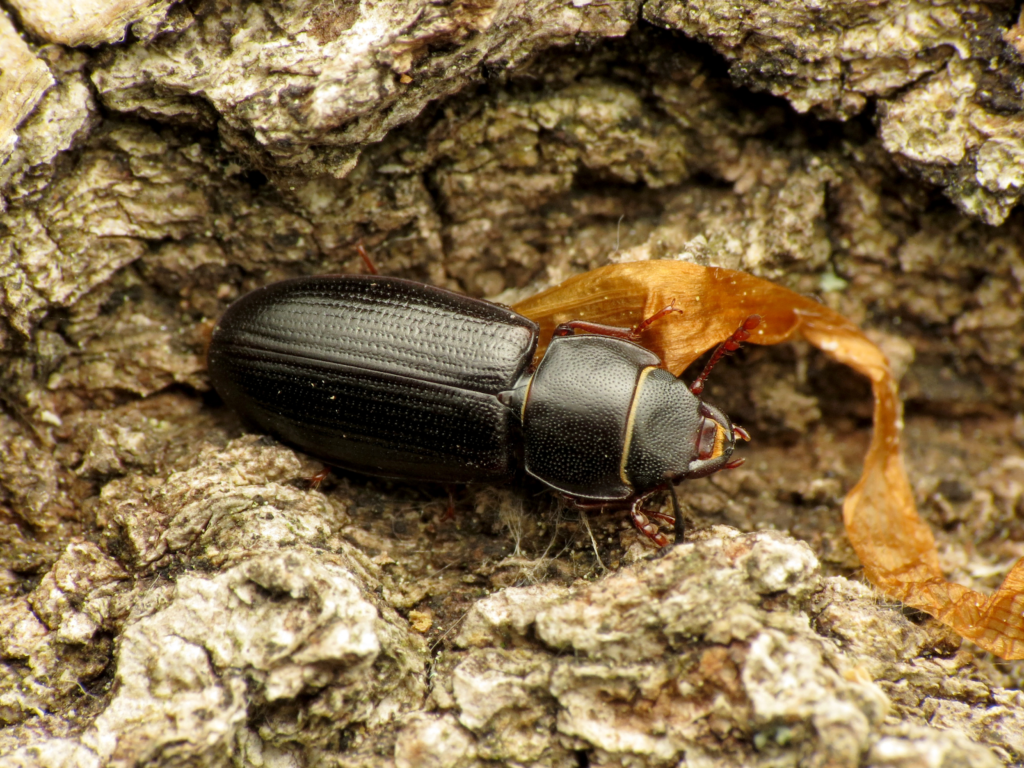
Wikimedia Commons
Tree-killing insects, such as bark beetles, are thriving in warmer climates, devastating forests worldwide. Rising temperatures accelerate insect reproduction, leading to widespread outbreaks that weaken and kill trees. This phenomenon increases carbon emissions as dying trees release stored carbon into the atmosphere. Forest loss also disrupts habitats, affecting countless species. Monitoring insect populations and implementing sustainable forestry practices are crucial to mitigating these impacts. The plight of forests underscores the interconnectedness of climate change effects and the urgent need for global action.
13. Turtles’ Gender Imbalance

PickPik
The gender of sea turtles is determined by the temperature of their nesting environment. Warmer sands produce more females, skewing populations and threatening future reproduction. This gender imbalance is a stark reminder of how even small temperature changes can have profound effects on wildlife. Protecting turtle nesting sites and addressing climate change are essential to preserving these ancient creatures. Sea turtles’ struggles serve as a poignant example of the far-reaching consequences of global warming on biodiversity and ecosystem health.


